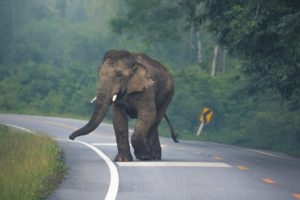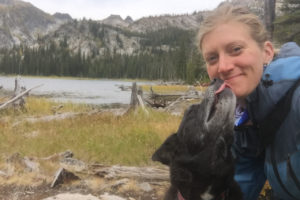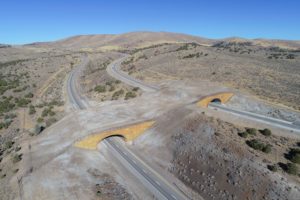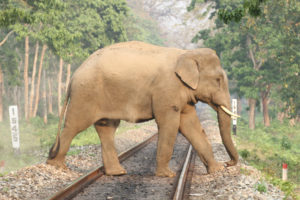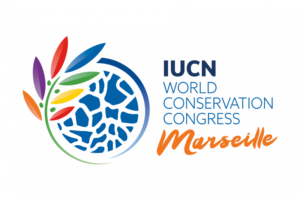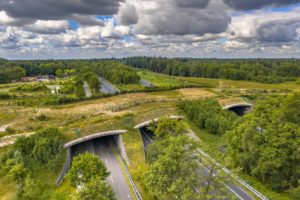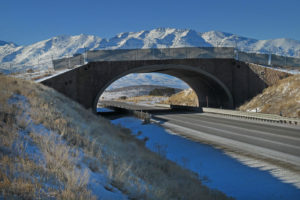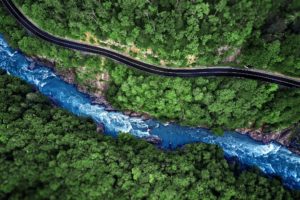New Report: Experts Say Roads, Rails, and Canals are Threatening Asian Elephant Survival
An international group of more than 25 elephant biologists and infrastructure ecologists released a report today with an urgent message: All efforts to avoid key Asian elephant habitats and their migration corridors need to be made when developing linear infrastructure like roads, railways, and canals. If this is not possible, wildlife crossings are key to providing safe passage for this endangered species. The report comes in response to an explosion of new linear infrastructure across Asia that is increasingly blocking elephant movement and leading to deadly collisions.
